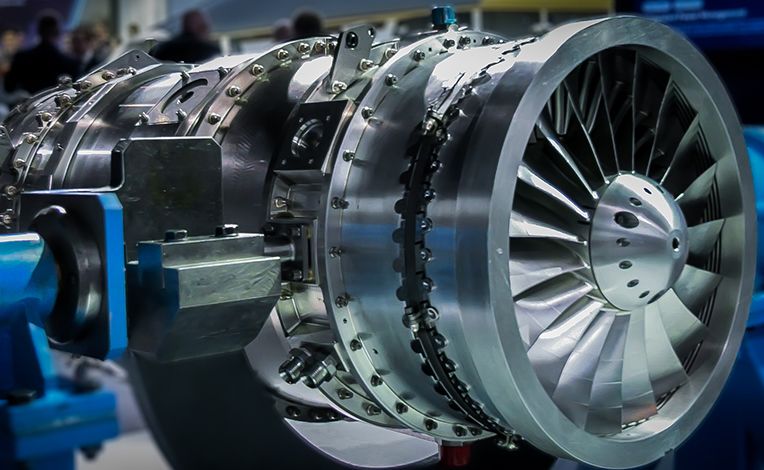Rolls-Royce’s Tornado 2 Tempest Recycles Engine Materials, Builds New Model
The project team identified which Royal Air Force Tornado components can be atomized into powders for additive manufacturing to make new engine parts.
In a first-of-its-kind initiative, Rolls-Royce successfully transformed retired Royal Air Force (RAF) Tornado components into powdered metal for 3D printing as part of the Tornado 2 Tempest initiative. The recycled material has been used to create parts for the Orpheus small engine concept—Tornado components containing high quantities of titanium, including jet engine compressor blades from a low-pressure air compressor, were cleaned and atomized to create a 3D-printed nose cone and compressor blades.
The team then installed the 3D-printed nose cone onto an Orpheus test engine and successfully ran it at test conditions to assess the part’s suitability and safety. The project demonstrates how additive manufacturing supports next-generation combat aircraft, including the Orpheus-equipped Tempest platform, a core element of Rolls-Royce’s Grow Combat initiative and Future Combat Air System (FCAS) program.
Orpheus engine concept; image credit: Rolls-Royce

“At Additive Manufacturing Solutions, our tagline is ‘Innovative Solutions for a Sustainable Future’, and we were confident our ideas would have a bearing on the future of a resilient supply,” said Robert Higham, Director, Additive Manufacturing Solutions. “This project turned our proposed solutions into a reality, and we have been humbled and grateful to the MOD and Rolls-Royce for allowing us to showcase our capability to deliver circular economy processes and parts in defense.”
Project Leadership & Funding
The project, funded by the U.K. Strategic Command’s Defense Support Organization, was led by:
- Defense Equipment and Support’s Defense Recycling & Disposals Team (DRDT)
- The Ministry of Defense (MOD) FCAS team
- Rolls-Royce
- Additive Manufacturing Solutions Ltd.
“Not only can this solution reduce the costs and burden of sourcing critical and high-value metals, but it can also produce components that are lighter, stronger, and longer lasting than those made through traditional forging techniques, thereby further enhancing the MOD’s overall sustainability and effectiveness,” said Thomas Powell, DRDT’s Strategic & Submarine Recycling Senior Commercial Manager.
The project team, which comprised over 80 people, produced a Digital Product Passport by capturing and recording material origin and lifecycle data, enabling smart decisions regarding material allocation and counterfeit materials prevention.
Rolls-Royce Aviation News
In early January 2025, Rolls-Royce agreed to supply STARLUX Airlines with 10 Trent XWB-97 aero engines for installation on five Airbus A350F aircraft. This increases the company’s freighter fleet to ten units and makes STARLUX a large-scale purchaser of the A350F. Currently, the engine can operate on a 50% sustainable aviation fuel blend, with a planned compatibility for 100% SAF in the future.
The Trent XWB-97 engine has recorded more than six service years and 3 million hours in the air across short- and long-haul flights, making it a serviceable, reliable, and durable option for passenger and freighter operations. Primarily due to its low-carbon nature and efficiency, the aero engine will allow STARLUX to fulfill its sustainability and decarbonization initiatives.
And in December 2024, Rolls-Royce successfully completed a critical design review (CDR) for the F130 engine, with its engine testing program scheduled to begin altitude testing in February 2025 at the U.S. Air Force’s Arnold Engineering Development Complex in Tullahoma, TN. Passing the CDR opens the pathway for culminating development, test, and production work to deliver an upgraded B-52J Stratofortress to the U.S. Air Force.